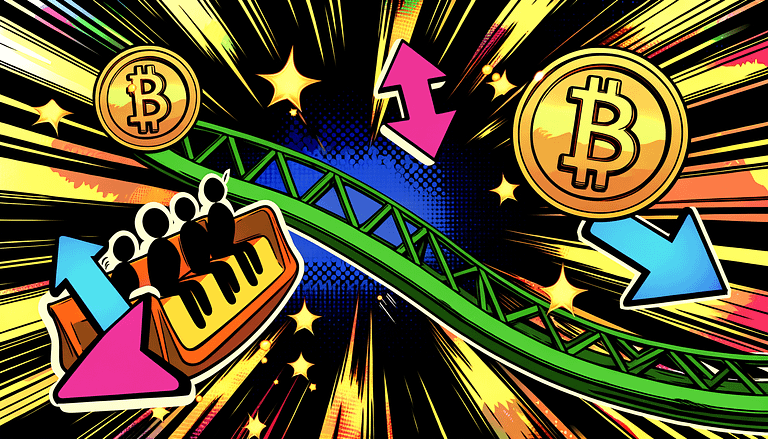zkSync Aims to Solve Ethereum’s Scalability with ZK-Rollups
In A Nutshell
As Ethereum’s scalability challenges persist, zkSync emerges as a potent solution, promising to enhance transaction efficiency while maintaining Ethereum’s security and decentralization. Employing zero-knowledge (ZK) proofs, zkSync processes transactions off-chain, significantly reducing gas fees and increasing transaction speed. This guide delves into the steps for moving assets to and from zkSync, exploring the technology behind it, and examining the benefits and risks associated with bridging assets between Ethereum and zkSync.
Understanding zkSync: A Leap Towards Scalable Ethereum Transactions
zkSync, developed by Matter Labs, utilizes ZK-rollup technology to batch multiple transactions into a single one, minimizing gas fees and off-loading the Ethereum network. By generating ZK-proofs, it ensures the validity of transactions without compromising their details, offering scalability, lower fees, enhanced privacy, and security inherited from Ethereum’s layer 1. With support from industry giants like Andreessen Horowitz and Sequoia Capital, zkSync’s development signifies a robust approach to tackling Ethereum’s scalability issues.
Bridging to zkSync: Enhancing User Participation in the Ecosystem
Moving assets between Ethereum and zkSync is a critical process facilitated by various bridging options, including Matterport and generic bridges like Synapse. This process involves locking tokens in a smart contract on Ethereum, minting an equivalent amount on zkSync, and vice versa for the reverse transaction. While bridging introduces complexity, it is a vital step for users to leverage the benefits of zkSync’s ecosystem.
Choosing the Right Wallet for zkSync
Interacting with zkSync requires compatible wallets. Popular choices include MetaMask and Argent, with considerations for ease of use, security features, and DApp support within the zkSync ecosystem being paramount. Although Coinbase Wallet does not natively support zkSync as of May 2024, users can bridge assets from supported networks using third-party services.
Addressing the Risks of Blockchain Bridges
While bridging assets offers convenience, it also introduces risks like smart contract vulnerabilities and centralized custodianship, which can lead to security breaches and censorship. The history of bridge exploits underscores the importance of opting for bridges with robust security measures, such as regular audits and decentralized validator networks. Users are advised to conduct thorough research and adopt best practices to mitigate these risks.
Our Take
As Ethereum continues to evolve, solutions like zkSync play a pivotal role in addressing its scalability challenges. By leveraging zero-knowledge proofs, zkSync not only ensures transaction efficiency and lower costs but also maintains the security and privacy standards intrinsic to Ethereum. While the bridging process and wallet compatibility present initial hurdles, the overarching benefits of a scalable, cost-effective blockchain infrastructure are undeniable.
However, the adoption of such technologies is not without challenges. The complexities of bridging and the risks associated with blockchain bridges necessitate a cautious approach. Users must prioritize security, perform due diligence, and stay informed about the evolving landscape of Ethereum scaling solutions. In doing so, they can harness the full potential of innovations like zkSync, driving forward the adoption of decentralized applications and the broader blockchain ecosystem.







